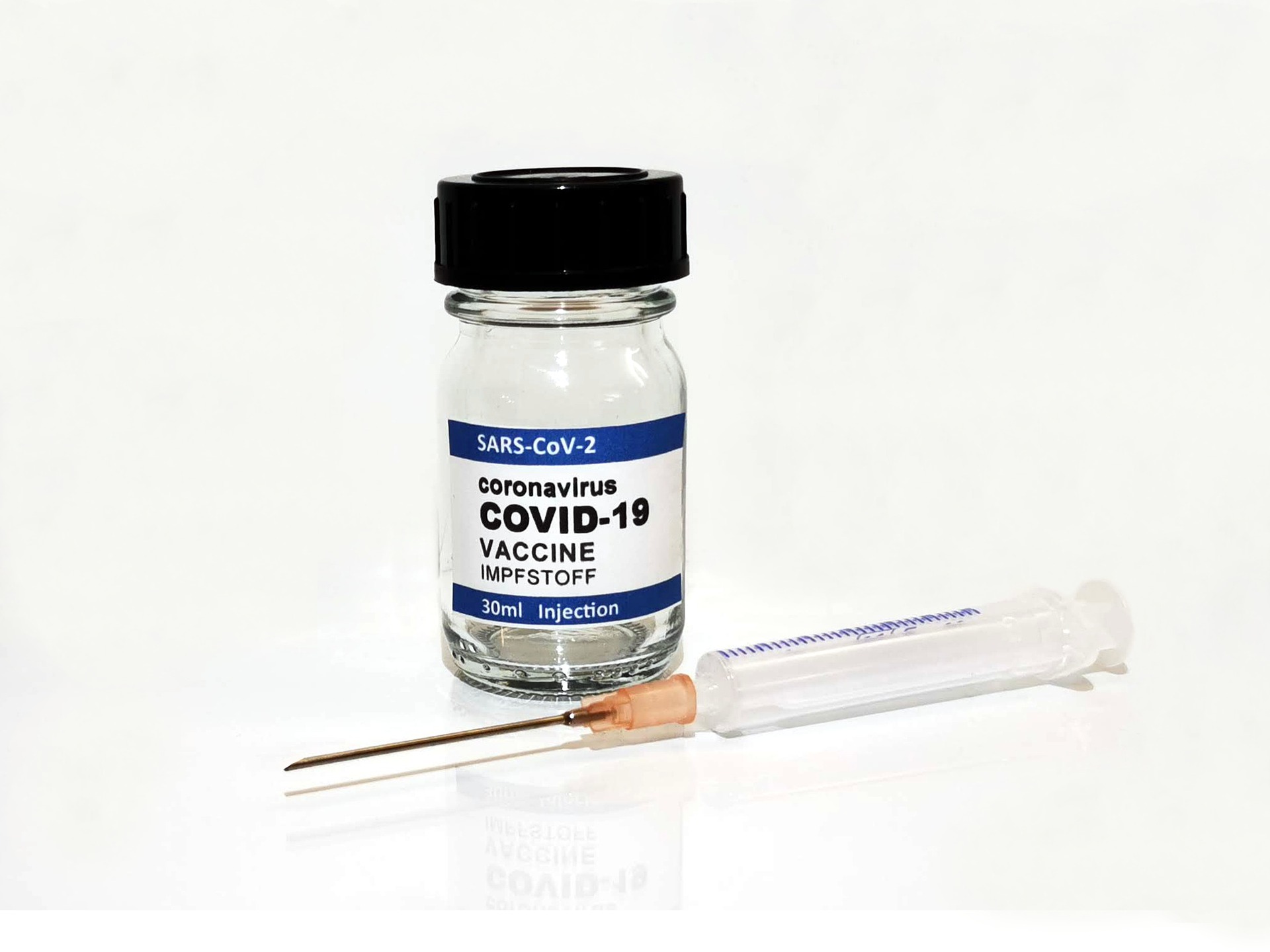Media release
From:
Concerns over integrity of mRNA molecules in some covid-19 vaccines
Findings highlight the fragilities of the manufacturing process, but companies aren't willing to release information
Documents leaked from the European Medicines Agency (EMA) following a cyber attack in December show that some early commercial batches of Pfizer-BioNTech’s covid-19 vaccine had lower than expected levels of intact mRNA molecules.
These molecules instruct our cells to make a harmless piece of coronavirus protein, triggering an immune response and protecting us from infection if the real virus enters our bodies.
The complete, intact mRNA molecule is essential to the potency of the vaccine.
But in a special report for The BMJ today, journalist Serena Tinari shows that the EMA was concerned about the difference in quality between clinical batches and proposed commercial batches of Pfizer-BioNTech vaccine.
Specifically, EMA had major concerns over unexpectedly low quantities (around 55%) of intact mRNA in batches of the vaccine developed for commercial production.
It is an issue relevant not just to Pfizer-BioNTech’s vaccine but also to those produced by Moderna, CureVac, and others, as well as a “second generation” mRNA vaccine being pursued by Imperial College London.
In an email dated 23 November, a high ranking EMA official outlined a raft of issues. In short, commercial manufacturing was not producing vaccines to the specifications expected, and regulators were unsure of the implications on safety and efficacy.
EMA responded by filing two “major objections” with Pfizer, along with a host of other questions it wanted addressed.
Ultimately, on 21 December, EMA authorised Pfizer-BioNTech’s vaccine and a report published on its website, noted, “the quality of this medicinal product, submitted in the emergency context of the current (covid-19) pandemic, is considered to be sufficiently consistent and acceptable.”
However, it’s unclear how the agency’s concerns were satisfied, writes Tinari.
The BMJ asked Pfizer, Moderna, and CureVac, as well as several regulators, what percentage mRNA integrity they consider acceptable for vaccines against covid-19.
None offered any specifics, and in subsequent correspondence, EMA, US Food and Drug Administration (FDA), and Canadian medicines regulator Health Canada all stated that specific information related to the acceptability criteria is confidential.
Pfizer also declined to comment on what percentage mRNA integrity it is aiming for, nor would it address questions about the cause of the unexpectedly low percentage mRNA integrity in certain batches, leaving open the question of whether it could happen again.
Moderna declined to respond to any of The BMJ’s questions, while CureVac told The BMJ that “it is too soon to give details.”
The shortage of information may reflect the lack of certainty, even among regulators, about how to assess the evidence fully for this novel technology, suggests Tinari.
Professor of biopharmaceutics, Daan J.A. Crommelin, told The BMJ that, “For small, low molecular weight products, the active pharmaceutical ingredient integrity is typically close to 100%.”
But for mRNA vaccines? “Experience with mRNA integrity is limited.”
Expert Reaction
These comments have been collated by the Science Media Centre to provide a variety of expert perspectives on this issue. Feel free to use these quotes in your stories. Views expressed are the personal opinions of the experts named. They do not represent the views of the SMC or any other organisation unless specifically stated.
Professor David Murdoch, Dean and Head of Campus, University of Otago, Christchurch
This report appears to raise more questions than answers. I’m not an expert in manufacturing, so have limited ability to comment on this. We certainly need to ensure the highest quality standards when manufacturing vaccines, but it is unclear from this report whether there actually was any real concern about quality/product degradation. Several regulatory bodies appear to be satisfied with product quality.
Associate Professor Helen Petousis-Harris, Vaccinologist, University of Auckland
This investigation reads like a tabloid with terms like “data leak” used liberally throughout. The author is not a scientist and some of the references do not check out as scholarly examples of the topic. Vaccine production is tightly regulated and those who are assessing the data and interpreting it (such as the members of the regulatory committees) are highly qualified to do so and include a range of scientific expertise.
Leaking these sorts of conversations is dangerous, experts often bounce around their thoughts among their peers and should be able to do so securely, these are the types of discussions, allowed freely and securely, are in the interests of public health. Taking things like selected emails out of context and posting them in the public arena is very poor form and the BMJ should be ashamed in publishing an article on material that requires expert interpretation by a freelance journalist.
In addition, if the EMA have raised concern that this information has been doctored so as to misrepresent the consensus then this should raise red flags as to the motivation behind this.



 International
International



